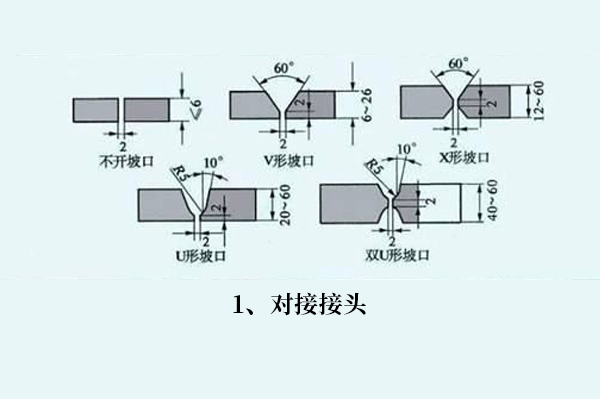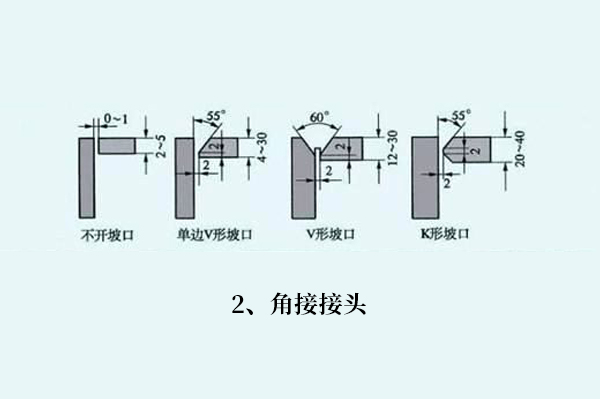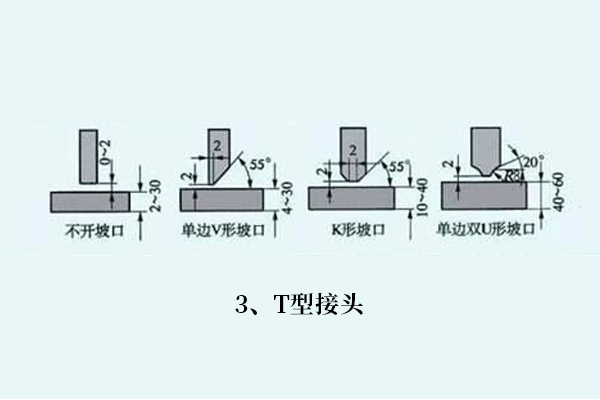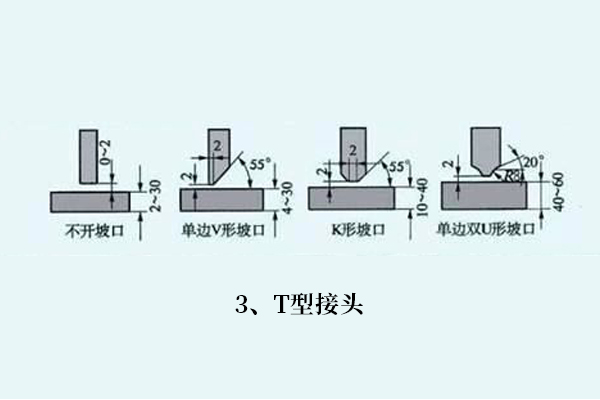Whether it is a large-scale professional assembly line in the factory or on-site processing of the project, involving the welding of steel products, professional welding personnel are required to use professional welding technology and corresponding reliable welding materials to realize the connection between steel products. In particular, the processing and welding of refined steel curtain wall profiles in the factory should not only ensure the high strength of welding, but also ensure the beauty and straightness of welding joints. This paper starts with how to select welding wire and the classification of welding interface.
The factors to be considered in the selection of welding wire are as follows:
1. The welding wire shall be selected according to the steel grade of the welded structure
For carbon steel and low alloy high-strength steel, the welding wire meeting the requirements of mechanical properties is mainly selected according to the principle of "equal strength matching". For heat-resistant steel and weather resistant steel, the consistency or similarity between the chemical composition of weld metal and base metal is mainly considered to meet the requirements of heat resistance and corrosion resistance.
2. According to the quality requirements of the welded parts (especially the impact toughness)
The selection of welding wire is related to the welding conditions, groove shape, shielding gas mixing ratio and other process conditions. On the premise of ensuring the performance of the welded joint, the welding materials that can achieve the maximum welding efficiency and reduce the welding cost should be selected.
3. According to the site welding position
According to the plate thickness of the welded parts, select the diameter of the selected welding wire, determine the current value used, and select the welding wire brand suitable for the welding position and current by referring to the product introduction and use experience of each manufacturer.
Welding process performance includes arc stability, splash particle size and quantity, slag removal, weld appearance and shape, etc. For the welding of carbon steel and low alloy steel (especially semi-automatic welding), the welding method and welding materials are mainly selected according to the welding process performance.
Selection of flux cored wire
Flux cored wire has the advantages of good process performance, good weld quality and strong adaptability to steel. Flux cored wire can be used to weld various types of steel structures, including low-carbon steel, low-alloy high-strength steel, low-temperature steel, heat-resistant steel, stainless steel and wear-resistant surfacing. There are two kinds of shielding gases used: CO2 and Ar + CO2. The former is used for ordinary structures and the latter is used for important structures. Flux cored wire is suitable for automatic or semi-automatic welding, DC or AC current.
1. Flux cored wire for low carbon steel and high strength steel
There are many varieties and large quantities of flux cored wires for low-carbon steel and high-strength steel. Most of them are titanium slag system, with good welding processability and high welding productivity. They are mainly used in shipbuilding, bridge, construction, vehicle manufacturing and other departments. There are many kinds of flux cored wires for low carbon steel and low alloy high strength steel. From the point of view of weld strength, 490mpa and 590MPa flux cored wires are generally applicable; In terms of performance, some focus on process performance, some focus on weld mechanical properties and crack resistance, some are suitable for all position welding including downward vertical welding, and some are dedicated to fillet weld.
2. Stainless steel flux cored wire
Stainless steel flux cored wire has the characteristics of good process performance, stable mechanical properties and high production efficiency. In recent years, it has been used in petrochemical, pressure vessel, shipbuilding, construction machinery and other industries abroad. At present, there are more than 20 varieties of stainless steel flux cored wire, including chromium nickel stainless steel flux cored wire and chromium stainless steel flux cored wire. The diameter of welding wire is 0.8mm, 1.2mm and 1.6mm, which can meet the welding needs of stainless steel thin plate, medium plate and thick plate. Most of the shielding gas used is CO2, and the mixed gas of Ar + (20% - 50%) CO2 can also be used.
3. Hardfacing flux cored wire
In order to increase wear resistance or obtain some special properties on the metal surface, a certain amount of alloy elements need to be transferred from the welding wire. With the advent of flux cored wire, these alloy elements can be added to the flux core, and the processing and manufacturing is convenient. Therefore, using flux cored wire for submerged arc surfacing of wear-resistant surface is a common method and has been widely used. In addition, by adding alloy elements to the sintered flux, the surfacing layer with corresponding components can also be obtained after surfacing. It can meet different surfacing requirements when combined with solid core or flux cored wire.
Self shielded flux cored wire
Self shielded welding wire refers to the welding wire that can conduct arc welding without additional shielding gas or flux, so as to obtain qualified welds. Self shielded flux cored wire is to place the powder and metal powder as slag making, gas making and deoxidation in the steel sheet. During welding, the powder becomes slag and gas under the action of arc, which plays the role of slag making and gas making protection without additional gas protection.
The deposition efficiency of self shielded flux cored wire is obviously higher than that of electrode. The flexibility and wind resistance of field welding are better than other gas shielded welding. It can usually be welded under four levels of wind. Because it does not need protective gas and is suitable for field or high-altitude operation, it is mostly used in installation site and construction site.
The weld metal plasticity and toughness of self shielded welding wire are generally lower than that of flux cored welding wire with auxiliary shielding gas. At present, self shielded welding wire is mainly used for welding structure of low carbon steel. In addition, there is a large amount of smoke when welding with self protective welding wire. When working in narrow space, pay attention to strengthen ventilation.
Summary of basic welding knowledge
Types of welded joints: joints mainly include butt joint, corner joint, T-joint and lap joint

1. Butt joint
The joint where the end faces of two weldments are relatively parallel is called butt joint. It is the most widely used type of welded structure. According to different groove forms, it can be divided into I-shape, V-shape, X-shape, U-shape and double U-shape.

2. Corner joint
The angle joint formed by the end face of 1350-300 is called the angle joint between the two pieces. According to the different types of slope, it can be divided into four types: non beveled, unilateral V-shaped, V-shaped and K-shaped

3. T-joint
A joint where the end face of one weldment forms a complex angle or an approximate right angle with the surface of another weldment is called a T-joint. Its application scope is second only to butt joint. According to different groove forms, it can be divided into four types: no groove, single-sided V-shape, K-shape and double U-shape.

4. Lap joint
The joint formed by partial overlap of two weldments is called lap joint. According to different structural forms and strength requirements, it can be divided into three types: no groove, plug welding in round hole and fillet welding in long hole.

